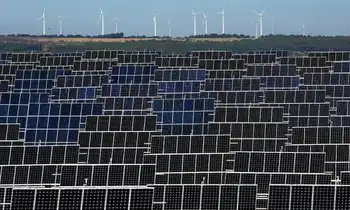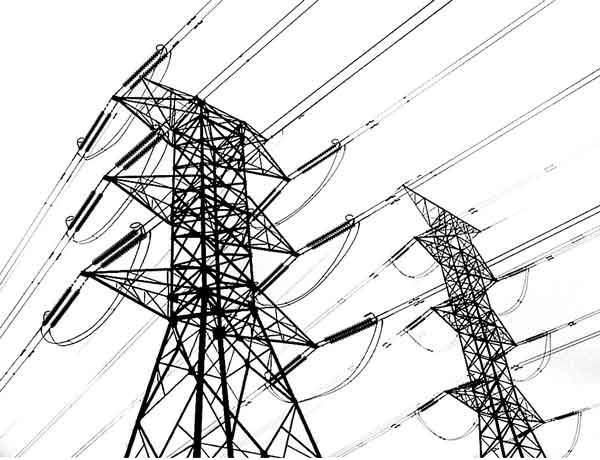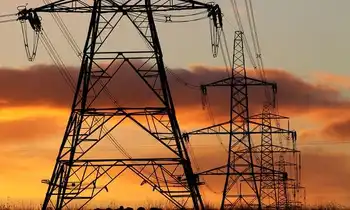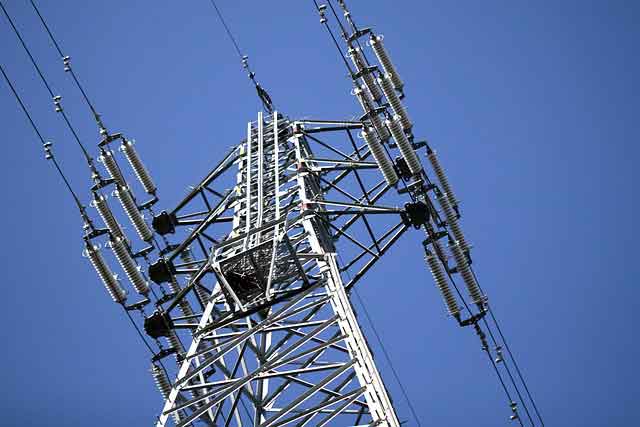Major reseller guilty of selling counterfeit circuit breakers
By Electricity Forum
NFPA 70e Training - Arc Flash
Our customized live online or in‑person group training can be delivered to your staff at your location.

- Live Online
- 6 hours Instructor-led
- Group Training Available
The counterfeit circuit breakers, all bearing trademarks registered to Square D, were discovered by Schneider Electric during the prosecution of its lawsuit against Breakers Unlimited and were sold by Breakers Unlimited in 2005 and 2006. The amount of damages to be awarded and the scope of an injunction restricting Breakers Unlimited's continued involvement in the market where counterfeit circuit breakers are bought and sold have yet to be decided by the court.
“This lawsuit is one example of Schneider Electric’s ongoing commitment to preventing counterfeiting and protecting its customers, trademarks and designs,” said Bill Snyder, vice president, channel development, Schneider Electric. “We continue to lead the industry in pursuing counterfeiters up and down the distribution chain because we are dedicated to preserving the integrity of our products and protecting people from the serious health and safety hazards associated with counterfeit products. Through our efforts in this lawsuit and others like it, we have kept more than 250,000 potentially hazardous counterfeit goods out of the marketplace.”
Schneider Electric filed suit against Breakers Unlimited in June 2007, alleging that Breakers Unlimited was guilty of selling counterfeit circuit breakers and infringing on Square D's trademarks in violation of federal law. During the course of the lawsuit, Schneider Electric discovered that Breakers Unlimited purchased counterfeit QO products from Pioneer Breaker & Control Supply of Austin, Texas, and North American Breaker Co., Inc., of Burbank, Calif. Neither Pioneer Breaker nor North American Breaker are authorized Square D Company distributors. After three days of testimony, the jury concluded that Breakers Unlimited had offered for sale and sold substantial quantities of counterfeit Square D QO circuit breakers it acquired from these two suppliers.
“Distributors, electrical contractors and users need to be aware that there are hidden and potentially deadly hazards associated with counterfeit circuit breakers,” said Jim Pauley, vice president of industry and government relations, Schneider Electric. “Counterfeit breakers can fail to trip in the event of an overload or a short circuit, creating a risk of fire. By identifying counterfeit products and reporting counterfeiters, everyone in the industry can help prevent serious injuries and save lives.”
To prevent the potential purchase of counterfeit products, customers should continue to buy their Square D products from authorized Square D distributors. Authorized distributors have the skill, expertise and know-how to provide customers with authentic Square D products and services that meet their needs and specifications.











